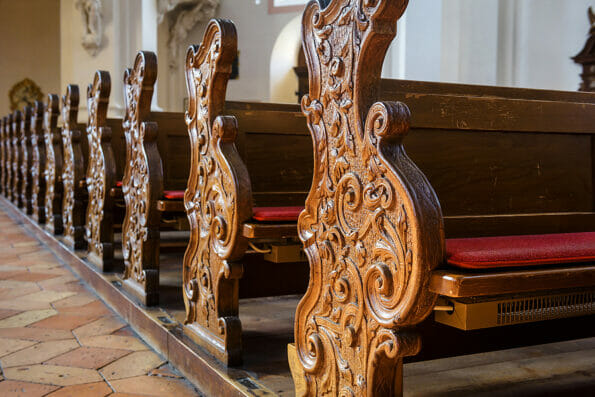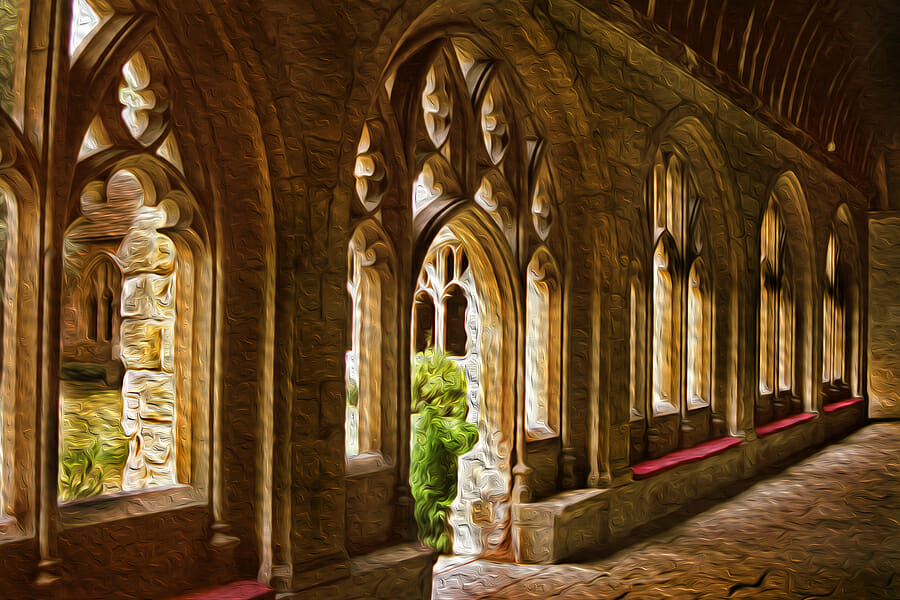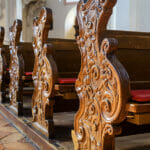A PTZ camera system can be a great tool for churches. It can also be a source of frustration if it isn’t used properly. A fixed-camera video surveillance system is an important tool for any church, but they aren’t always easy to implement. With the right planning, however, setting up your PTZ camera system for church doesn’t have to be difficult at all.
The good news is that some of the simplest setups are also some of the easiest to use and manage in the long term. Here’s how to set up a fixed camera system in your church so that you can stay connected with your congregation no matter what!
Decide if your church needs PTZ cameras
If you’re not sure if your church needs a PTZ camera system, it’s a good idea to start off with an audit first. A lot of churches get a system installed because it’s a “best practice” or is the “next best thing” when the real answer might not require a camera at all. Make sure that you’re not trying to solve a problem that doesn’t exist.
When auditing your church for surveillance needs, start with a walkthrough of the building and pew seats. Take note of what areas are used most often and which areas aren’t used at all. If there are any particular concerns you’re trying to address, then PTZ cameras are likely the right choice. Likewise, if you’re trying to set up a PTZ camera for church streaming, then consider which areas you’re going to stream.
Choose Your Location
Setting up a PTZ camera live church can be overwhelming, but the process can be broken down into steps. The first step is to decide where to put it. Depending on the size of your church, you might need to put one PTZ camera in each nook and cranny to ensure good coverage. If you have a smaller church or if you think that your security needs are less important than other issues, you can try to place each camera in a high priority part of the building.
Optional controls
PTZ cameras are great for monitoring areas, but they can also be used for a completely different purpose. In addition to using them for surveillance, you can also use them for notification, sending out notifications when someone is nearby. With a traditional analog system, you can set up multiple rules for a notification zone so that when something happens in that zone, you can be immediately notified. PTZ cameras won’t automatically do this, however. This means that if you want to use your PTZ camera system for notification, you’ll have to look elsewhere for additional hardware and software.
If you’re wondering how to set up a PTZ camera for live streaming, the process will be quite similar, depending on how you’d like to control the streaming mechanism. There are a number of analog and digital options which may be right for you depending on your needs.
Details of system design
PTZ cameras work by following the movements of something (usually a subject). This means that they need a wide range of motion, which is why they are often placed in a corner looking out onto wide spaces.
Depending on the size of your building and how often you move, it might be possible to position your PTZ camera at the entrance to various parts of the building. This way, you’ll be able to keep an eye on who is coming and going at any given time, whether you’re using your PTZ system for surveillance or notification purposes.

In conclusion
PTZ cameras are great for large-scale surveillance. This is because they let you move around to see what’s happening from any angle. They are also very good at making sure that everything is covered, as they can follow subjects around their field of view. This makes them ideal for large churches with a lot of floor space and church seats. However, they are also very good for smaller ones, able to cover a large portion of the area with even a single camera.
If you’re not sure whether a PTZ camera systems for churches is right for your needs, think about any concerns you may have and whether a boost in security would help resolve them. If your first priority is your congregation’s safety, you can’t go wrong.
Image Source: BigStockPhoto.com (Licensed)
Related Categories: Religion, Reviews, Tech







